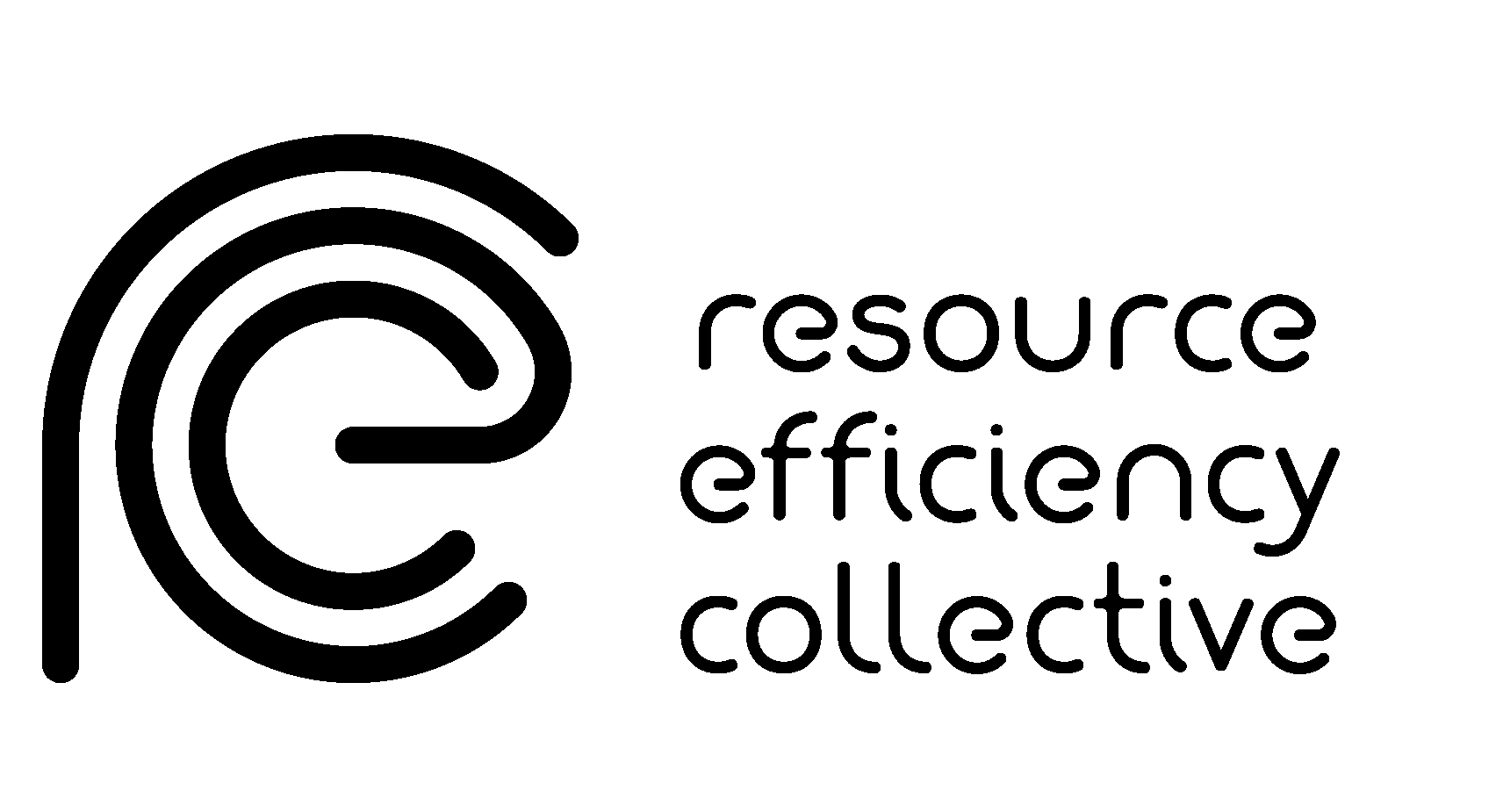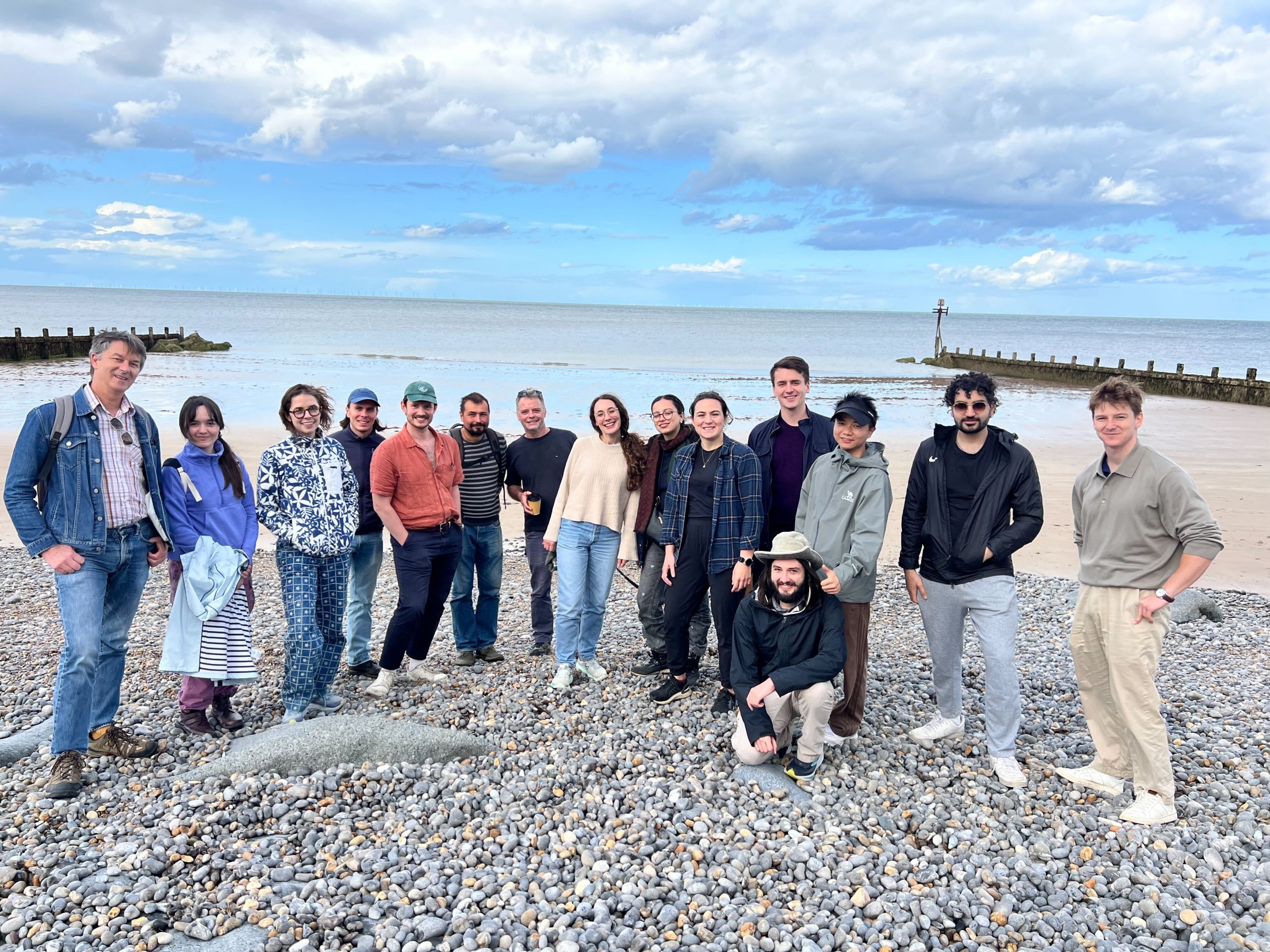Summary of the IRTC Conference 2023: Raw materials for a sustainable future
Gabriel reflects on the inaugural IRTC conference of 2023: Raw materials for a sustainable future, bringing the key insights from the eight sessions.
The First IRTC Conference: Raw Materials for a Sustainable Future, held from February 15-17th 2023 in Lille, France, brought together leading experts, practitioners, and participants from around the globe to discuss the challenges and opportunities in assessing and managing raw materials and criticality sustainably. The conference highlighted the critical role of raw materials in the development of renewable energy and digital technologies, among others, and emphasised the need to secure their supply through sustainable and responsible practices.
The conference consisted of eight sessions that covered various aspects of raw materials and criticality, from stakeholder perspectives to policy case studies. Each session provided valuable insights and perspectives from industry experts, researchers, policymakers, and practitioners, leading to engaging discussions and meaningful conclusions. Below, I’ve summarised the key insights from each session.
Session summaries
The first session on stakeholder perspectives highlighted the disconnect between academic and industry practices, with both operating on separate planes. However, the industry is beginning to understand the issues and has started to act on them. There was a particular discussion on car-sharing, about design issues and how to decide the length of car use from different stakeholders’ perspectives. The session emphasised the importance of collaboration and stakeholder involvement in sustainable raw material management.
The second session on criticality methods highlighted the integration of criticality assessment and life cycle assessment communities. The session acknowledged that criticality assessment and life cycle assessment are very different things, but the latter more prominently considers environmental elements. The integration of these communities is necessary to ensure that raw material management decisions consider both criticality and environmental factors.
The third session on sourcing and trade focused on the need to assess and monitor stocks and flows in the economy and the implications of these for meeting future demand. The session acknowledged the complexity of systems under analysis and the challenges in assessing and mapping materials for different applications.
The fourth session on ESG and regulation focused on assessing environmental and social criticality through various country and governance indicators. The session acknowledged the challenges in using multiple indicators and the need for aggregation to make them useful. The hot topic was lithium-ion battery recycling, with different perspectives on its feasibility (pros and cons).
The fifth session on changing demand highlighted the increase in demand for raw materials across the globe, with the magnitude of the increase depending on national/regional policy and technology decisions. The session emphasised the need for sustainable and responsible raw material management practices to meet future demand.
The sixth session on circularity (where I presented) explored circular design opportunities, particularly around design for disassembly, modular design, and product life extension. The session emphasised the importance of stakeholder involvement and collaboration in ensuring a common understanding of circularity terminology. The session also acknowledged the gaps between primary production and material processing in achieving circularity.
The seventh session on industry case studies highlighted the importance of collaboration. The session acknowledged the challenges in bringing stakeholders together and emphasized the importance of eco-design in addressing complex issues related to the circular economy early in the design process.
The eighth and final session on policy case studies focused on the challenges and opportunities in eco-design, particularly with regards to low carbon emissions. The session acknowledged the need to broaden the focus of eco-design to include sustainable raw material management.
Key points: Building a sustainable future for raw materials
The First IRTC Conference provided a valuable platform to discuss the critical issue of securing sustainable raw material supply chains for the future. The conference highlighted both the progress made and the challenges that still lie ahead. With demand set to increase globally, it is imperative that we continue to explore innovative strategies for managing raw materials and their criticality, such as circular design and eco-design. It was clear that collaboration is key, and we must work together across academic and industry sectors to develop solutions that will enable us to build a more sustainable future for all.
Photo credit: Curioso Photography













